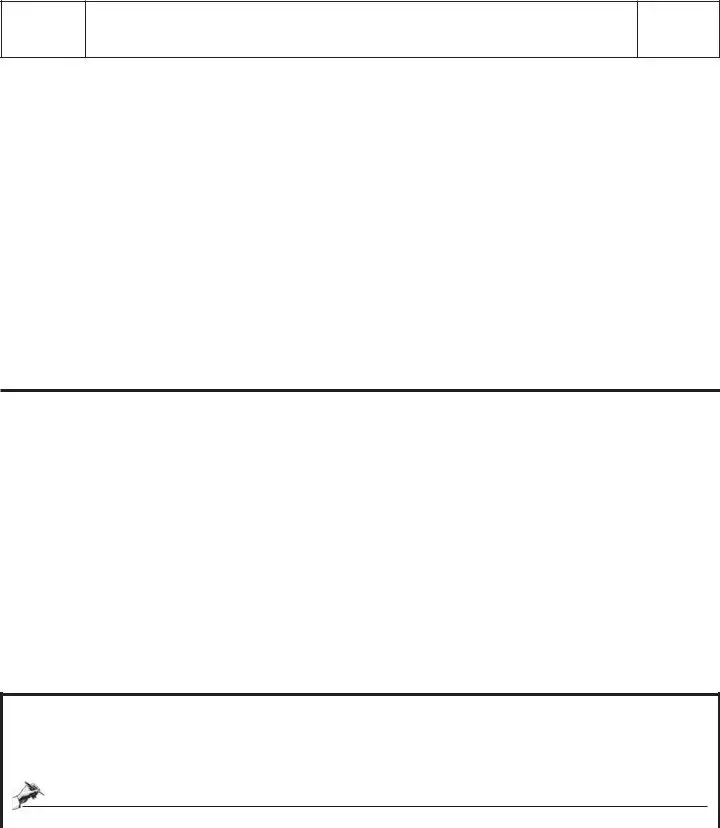The Form EFT-2, utilized for enrolling in the ACH Credit payment option for tax payments through VTBIZFILE in Vermont, shares similarities with the IRS Form 940, which is the Federal Unemployment Tax Act (FUTA) Tax Return. Both forms involve the management of business taxes and require detailed business information, including the federal ID number and business name. However, while the EFT-2 form relates to electronic transactions for tax payments, Form 940 is used specifically for reporting annual federal unemployment taxes.
Another document resembling the EFT-2 form is the Form 941, the Employer's Quarterly Federal Tax Return. This form is essential for reporting income taxes withheld from employees' paychecks, along with reporting Social Security and Medicare taxes owed by employers and employees. Like the EFT-2, Form 941 deals with regular tax duties of businesses and necessitates accurate financial and identification information. Differences lie in the frequency of submission and specific tax types each form addresses.
The EFTPS Enrollment Form is also akin to the EFT-2 form. The Electronic Federal Tax Payment System (EFTPS) is a service provided by the U.S. Department of the Treasury for paying federal taxes electronically. Both forms facilitate the setup of electronic payments for taxes, though the EFTPS Enrollment Form is broader, allowing for various federal tax types, while the EFT-2 is specifically for certain state taxes in Vermont.
A resemblance is found with the Sales and Use Tax Return forms that many states use for businesses to report and pay taxes collected from customers. Similar to the EFT-2, these forms require business identification details and involve tax transactions. The primary difference revolves around the EFT-2's role in setting up electronic payments, whereas sales and use tax forms typically encompass the reporting and calculation of the taxes owed.
The State Withholding Tax Forms, which businesses use to report and pay state income taxes withheld from employees' wages, also share features with the EFT-2 form. Both types of documents are crucial for tax compliance by businesses, including the necessity for the business's identifying information. The core distinction is that the EFT-2 form focuses on the electronic payment setup, whereas withholding tax forms are more about the reporting of employees' withholdings.
Form W-2, the Wage and Tax Statement, parallels the EFT-2 in its involvement in the realm of taxation. Employers use Form W-2 to report total annual wages earned by employees and the taxes withheld from their paychecks. Though serving different functions—one for enrollment in electronic tax payments and the other for annual wage reporting—both demand detailed employer and employee information to ensure proper tax handling.
The Form W-3, Transmittal of Wage and Tax Statements, serves a companion role to the W-2 by summarizing employee earnings, taxes withheld, and Social Security and Medicare taxes owed. It resembles the EFT-2 form in its aggregation of tax-related information for submission to a tax authority. However, its purpose diverges in that it focuses on summarizing and transmitting already calculated tax information.
The Direct Debit Installment Agreement (DDIA) form, utilized by taxpayers to set up payment plans for their tax liabilities via direct debits, exhibits similarities to the EFT-2 form. Both facilitate the electronic transfer of funds for tax payments, ensuring that taxpayers or businesses can manage their obligations efficiently. The distinction lies in the EFT-2's use for businesses making state tax payments and the DDIA's aim towards individual taxpayers arranging payment plans for outstanding taxes.
Business Registration forms, required for a new business to officially register with state tax authorities, share commonalities with the EFT-2 form. These registration forms collect comprehensive business details and establish the business's tax account with the state. The comparison is apparent in the collection of business information, though the purposes differ: the EFT-2 enrolls a business in an electronic payment method, while registration forms typically mark the business's initial setup in the state's tax system.
Finally, the Change of Address or Responsible Party — Business form, which businesses file to notify tax authorities of changes in address or primary contacts, bears resemblances to the EFT-2 form. Both require current business information and ensure that records are up to date to facilitate proper tax administration. While the EFT-2 form is specific to enrolling in electronic payments, the Change of Address form focuses on maintaining accurate records for communications and tax processing purposes.
